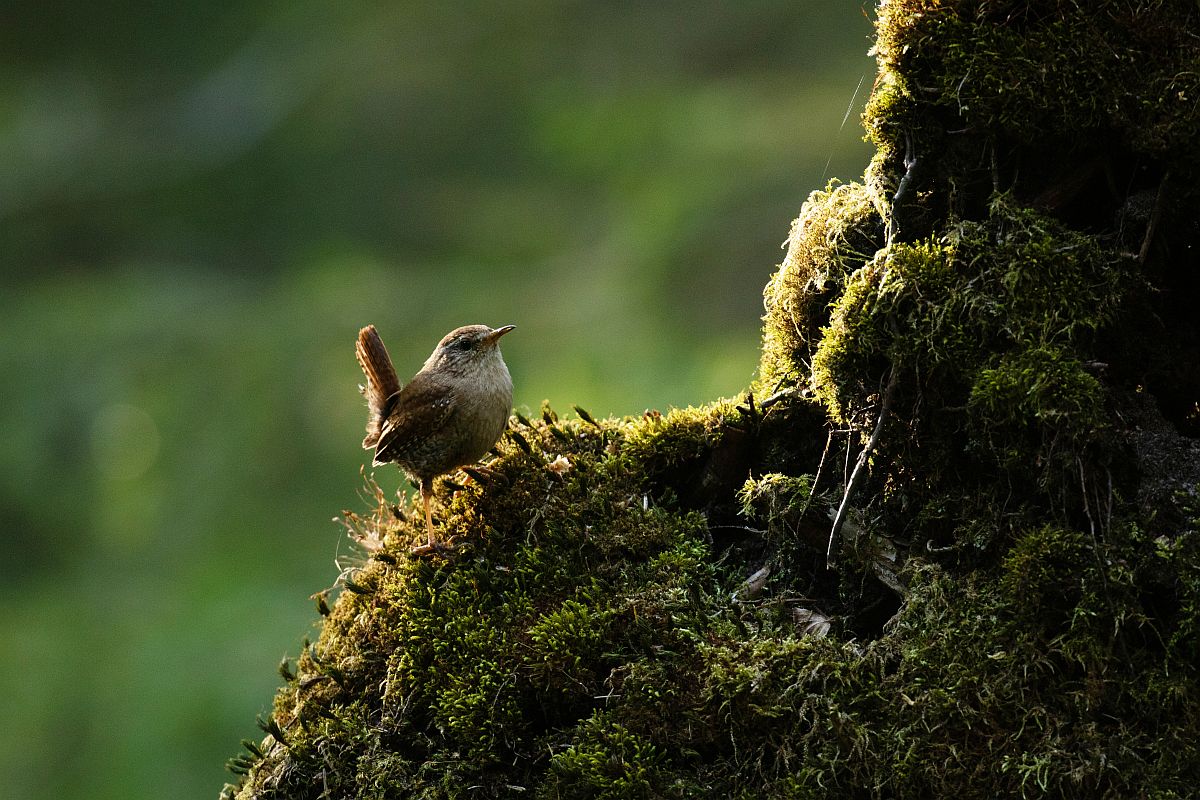10 facts about wrens you didn't know
January 19, 2024

1. Size Matters: The UK's native bird, the Eurasian wren is one of the smallest bird species in the country. Despite its tiny size, it possesses a powerful voice that they use to declare their territories. Their song is rich and complex, often including trills, whistles, and chatters.
2. One In A Million: Did you know that the family the wren belongs to is called the Troglodytidae? Our wren, Troglodytes troglodytes is the only species of this family to occur in the Old World. All other species in this family are ‘New World’ species, which is why our species is only known as ‘wren’ and not by the defining featured it possesses.
3. Wren Nests: Wrens construct dome-shaped nests using a variety of materials, including twigs, leaves, feathers, and moss. The entrance is usually a small hole near the base of the nest, providing protection against predators.
4. Penny For Your Thoughts: Wrens featured on the smallest coin in the UK; the farthing. It is believed that this decision was made due to King George V’s penchant for birdwatching, with the wren being one of his favourite birds to watch. The coins were created towards the end of his reign.
5. Winter Roosting: In colder months, wrens often engage in communal roosting to keep warm. They huddle together in groups, using their collective body heat to maintain a survivable temperature. Numbers of wrens often fall greatly following a harsh winter as their tiny size means keeping warm is a struggle.
6. Movers And Shakers: Though wrens tend not to move far from where they were born in Britain, they are migratory elsewhere. Wrens tend to migrate only in the Northern part of their range, with some traveling as far as 2500km to find safe haven.
7. Feeding Habits: Wrens are insectivores, feeding on a diet of insects, spiders, and other invertebrates. They search for prey by hopping along the ground and probing into crevices and leaf litter.
8. Variation In Song: Research has shown that wrens on different Welsh islands have songs that differ significantly from each other. It seems that wrens may develop their own ‘dialect’ of singing, especially when they are separated from each other by distance, just like humans!
9. Gender Equality: Male and female wrens share in the duties of nest-building, incubating eggs, and feeding their chicks. Males establish a territory and build the nests, which the females have their pick of. When the female has chosen the nest, she will line it. Both parents feed the young and protect it, though males do not usually have just one female!
10. Folklore And Symbolism: In folklore, wrens have been associated with various meanings. In some cultures, they were considered symbols of luck and happiness, the ‘bird of kings’, while in others, they were associated with cunning and trickery. In the Isle of Man, the "Wren's Day" festival used to involve hunting and parading the bird, though this practice is now discouraged for conservation reasons.
If you have a species you would like us to cover on #theSBSblog, please contact us at dawn-chorus@songbird-survival.org.uk or our Research and Engagement Manager at charlotte@songbird-survival.org.uk.
We need your help to fund our crucial independent research and work.
Join our community and receive our exclusive membership benefits.
Receive our monthly e-news and regular updates